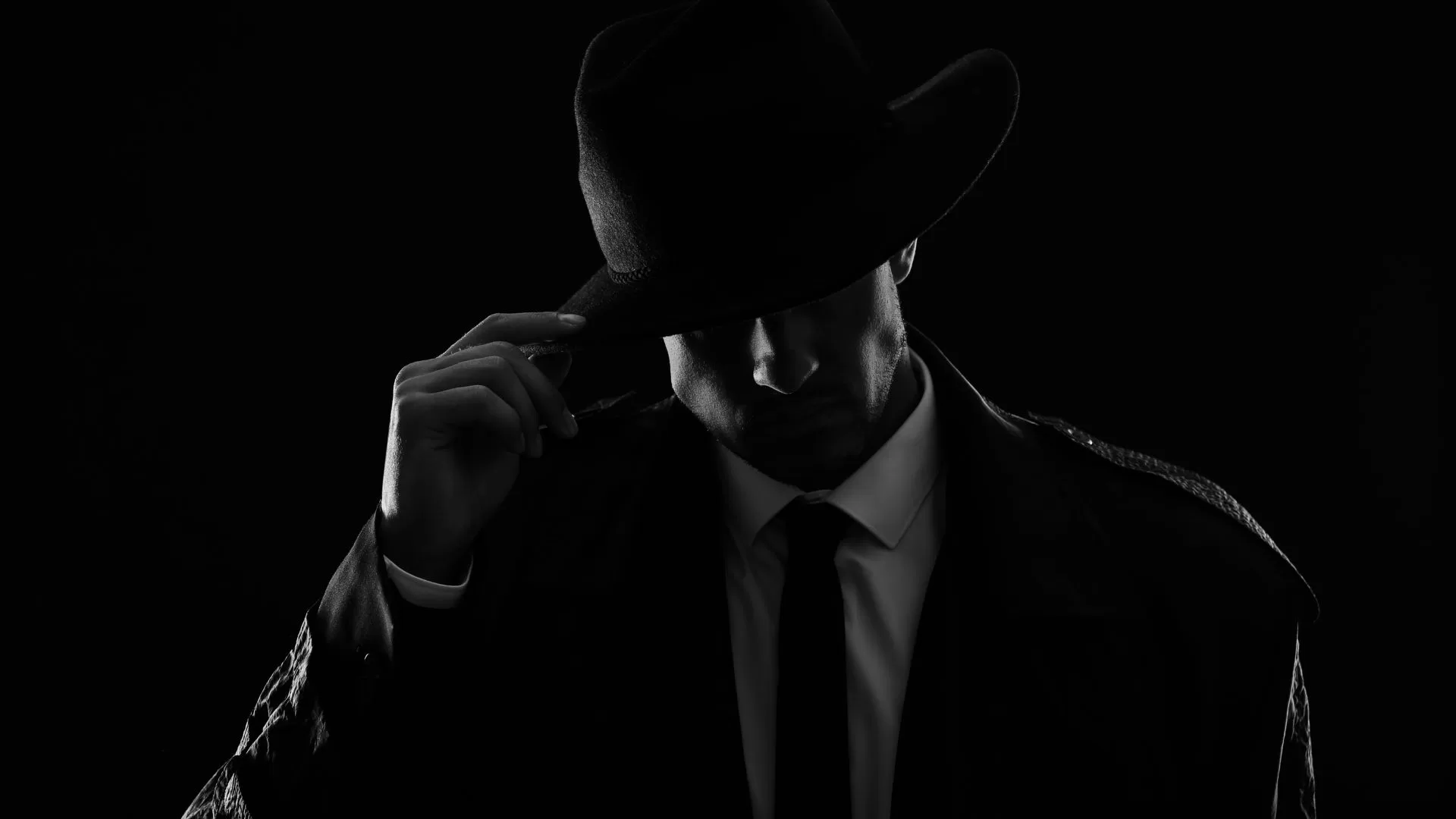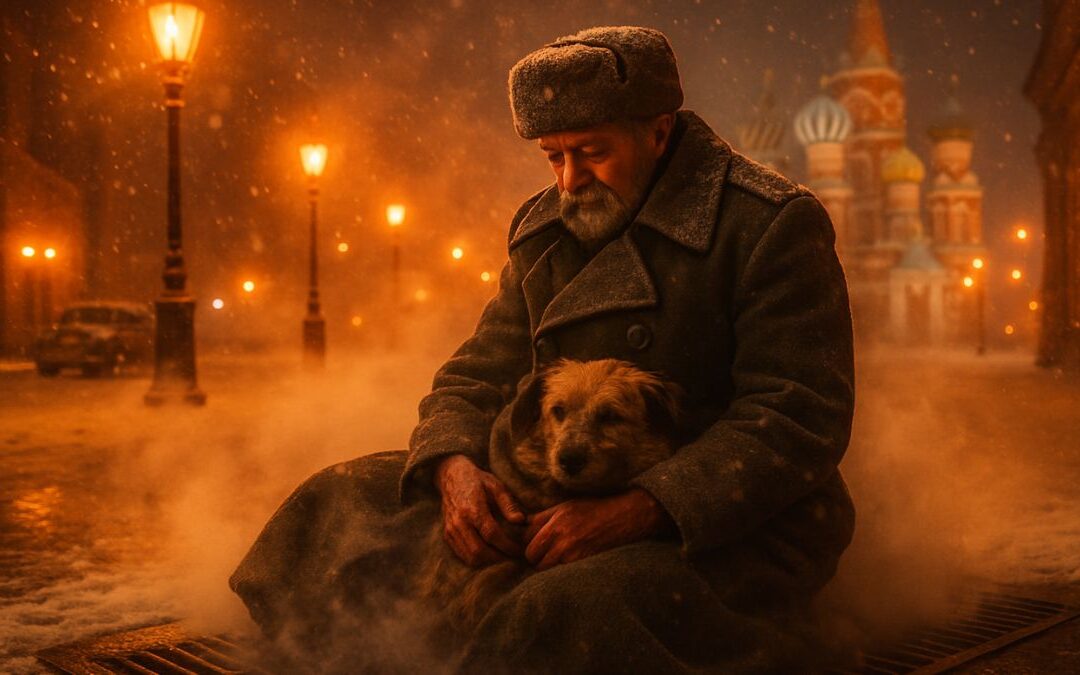- Archetypes and Shadows: Lessons from Carl Jung
- Take Action
- 1. Archetypal Identification:
- 2. Shadow Work Journaling:
- 3. Archetypal Imagery:
- 4. Dialoguing Technique:
- 5. Meditation and Mindfulness:
- 6. Archetypal Role Play:
- 7. Reading and Reflection:
- 8. Join Jungian Discussion Groups:
- 9. Seek Professional Guidance:
- 10. Affirmation and Acceptance Practice:
- 11. Exploring Myths and Legends:
- 12. Dream Analysis:
Archetypes and Shadows: Lessons from Carl Jung
On a chilly autumn evening in the heart of New York City, amidst the symphony of blaring horns, the murmur of a city that never sleeps, and the towering silhouettes of architectural marvels, David found himself at an impasse. A successful executive with accolades and achievements to his name, a gnawing emptiness echoed through the corridors of his soul, as if, amidst the noise, a silent whisper of something lost beckoned him.
David had attended lectures on Carl Jung before, but that evening, as leaves rustled painting the sidewalks with hues of amber and auburn, the Swiss psychiatrist’s philosophies entwined with the narrative of his life. The concepts of archetypes and shadows weren’t just academic jargon; they echoed the voices and whispers that had shaped his understanding of self, and the world.
Carl Jung introduced the world to the idea that beneath the surface of our conscious awareness lay powerful forces—archetypes and shadows. These unseen, yet influential entities, crafted from the universal experiences of humankind and personal confrontations with the light and dark corridors of the soul, beckoned for acknowledgment and integration.
David’s accomplishments, his ascent up the corporate ladder, echoed the influence of the Hero archetype. The Hero, one of the many archetypes identified by Jung, is characterized by courage, determination, and the triumph over obstacles. Yet, as David realized, there’s a dance, an intricate ballet between the light of the archetypes and the darkness of the shadows.
As the years progressed, David was confronted with instances that didn’t align with the narrative of the heroic conqueror. Failures, disappointments, and fears—those fragments of experiences that, until then, he had skillfully veiled beneath the mask of invincibility. These were the whispers of the Shadow, another profound concept introduced by Jung.
In the recesses of David’s existence, amidst the accolades and applause, the Shadow lurked, echoing the fears, insecurities, and the repressed, unacknowledged aspects of his self. The dance between the archetypes and shadows isn’t a battle, as David soon realized, but a harmonious ballet, where each entity, each force, is a note in the symphony of our existence.
David’s confrontation with his Shadow wasn’t an event marked by grandeur or profound revelation; it was a journey marked by silent acknowledgments, quiet realizations, and the gentle unearthing of the veiled fragments of his soul. He delved into the world of dreams, where, as Jung professed, the archetypes and shadows come alive, painting narratives of profound, albeit veiled truths.
One evening, as the city lights shimmered like distant stars narrating tales of cosmic ballets, David, with a journal in hand, penned down a recurring dream. A labyrinth, echoing silence, and a shadowy figure that lurked, neither menacing nor comforting—just present. This wasn’t just a dream; it was an invitation to delve into the corridors of his soul where the archetypes and shadows resided.
Days morphed into weeks, and weeks into months, and each night, as the world around him succumbed to the silent lullabies of the stars, David embarked upon the journey within. He explored the narratives of his life, the triumphant echoes of the Hero, and the veiled whispers of the Shadow. Each archetype, each shadow, wasn’t an isolated entity but fragments of a holistic, integrated self.
Jung’s teachings, though profound, are not doctrines but pathways to self-discovery. As David explored the world of archetypes and shadows, unveiling the Hero, the Caregiver, the Rebel, and confronting the shadows of fear, inadequacy, and repression, a transformation unfolded. It wasn’t marked by seismic shifts but subtle, gentle strokes of integration and acknowledgment.
Amidst the towering edifices of New York City, a world where achievements, accomplishments, and material conquests echo the narrative of success, David realized the profound journey isn’t outward but inward. Each archetype is a companion, each shadow a guide, leading not to conquests of the world but victories of the soul.
As autumn leaves gave way to the silent, serene embrace of winter, and snowflakes narrated tales of silent transformations, David realized the dance of archetypes and shadows isn’t a journey of completion but of becoming. Carl Jung’s teachings unveiled, not a destination, but pathways illuminated by the intricate dance of light and darkness, realization and revelation, acknowledgment and acceptance.
Years later, on an autumn evening reminiscent of that distant night of silent epiphanies, David, amidst the rustling leaves and the silent echoes of a city that bore witness to his transformation, realized the journey to the self is a dance of eternity. Archetypes and shadows, light and darkness, aren’t dichotomies but harmonious entities, echoing the universal ballet of becoming.
In this narrative of silent transformations and profound realizations, lies the echo of our journey. We, like David, are dancers in the cosmic ballet of existence, where archetypes and shadows, light and darkness, weave the intricate tapestry of our soul. In the silent, yet profound echoes of this dance, we don’t just discover who we are, we realize who we can become.
Take Action
1. Archetypal Identification:
- Exercise: Write down recurring themes, characters, or symbols in your dreams or day-to-day life. Analyze these to identify which of Jung’s archetypes they may represent and reflect on how these archetypes manifest in your behaviors, thoughts, and emotions.
2. Shadow Work Journaling:
- Exercise: In a journal, record instances where you notice strong negative reactions towards others. Explore what traits or behaviors trigger these reactions. Often, they are linked to the shadow – unacknowledged parts of ourselves we’ve repressed or denied.
3. Archetypal Imagery:
- Exercise: Use visual art to express identified archetypes and shadow aspects. Creating imagery or even collages can help visualize and integrate these components of the psyche into conscious awareness.
4. Dialoguing Technique:
- Exercise: Engage in a written dialogue with your identified archetypes and shadows. Ask them questions, let them respond, and explore the narrative that unfolds. This can provide insights into hidden aspects of your psyche.
5. Meditation and Mindfulness:
- Exercise: Dedicate a quiet time to meditate, focusing on acknowledging and accepting every thought and emotion without judgment. This practice can unveil shadow elements and archetypal influences in a safe, controlled environment.
6. Archetypal Role Play:
- Exercise: Embody your identified archetypes. Act them out in a controlled setting to explore, acknowledge, and understand their influences and to foster integration and balance.
7. Reading and Reflection:
- Exercise: Read books and materials on Jungian psychology, focusing on archetypes and shadows. Reflect on how these concepts resonate with your personal experiences and write down your reflections.
8. Join Jungian Discussion Groups:
- Exercise: Participate in or create discussion groups focusing on Jungian archetypes and shadows. Sharing and listening to others’ experiences can offer insights and support in the journey of self-discovery.
9. Seek Professional Guidance:
- Exercise: Consider seeking a therapist trained in Jungian psychology. They can guide the exploration and integration process of archetypes and shadows in a safe and structured manner.
10. Affirmation and Acceptance Practice:
- Exercise: Identify the shadow aspects and create affirmations that foster acceptance and integration. For instance, if a shadow aspect is insecurity, an affirmation might be “I am secure and confident in my abilities.”
11. Exploring Myths and Legends:
- Exercise: Read various world myths and legends and identify archetypal patterns and characters. Reflect on how these align with your personal archetypes and shadows, offering insights into universal and personal expressions of these elements.
12. Dream Analysis:
- Exercise: Record and analyze your dreams. Dreams can be a gateway to understanding how archetypes and shadows are operating in your subconscious, offering vivid imagery and narratives for reflection.
Each exercise aims at facilitating a deeper exploration and integration of the archetypes and shadows within one’s psyche. They are pathways to fostering a balanced, conscious, and enlightened self, where every aspect of the self is acknowledged, accepted, and integrated, crafting a holistic and authentic identity.










0 Comments